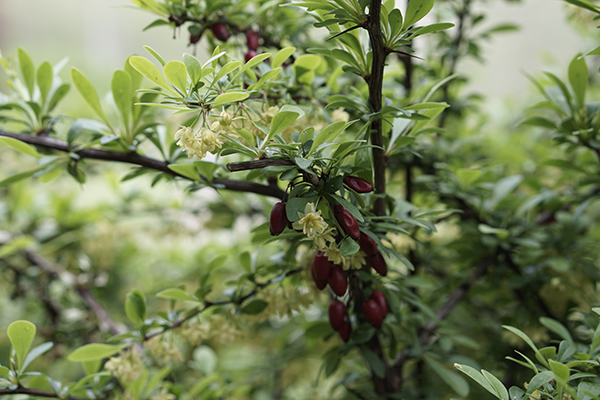
The Invasive Japanese Barberry
Dear Readers,
What started as a rather appealing shrubbery in the late 1800’s, is now recognized as a Lyme harboring, nitrogen inducing, overall native tree and plant murderer.
Extreme, dramatic wording? Maybe. But still accurate? From what I can find, and see…yes.
The Japanese Barberry was first introduced to the United States as an ornamental plant in 1857. And it looks like this…
They can now be found from Maine to North Carolina. This one is in Pennsylvania, and as you can see, they have the potential to get huge…
While pretty with their winding tendrils and red oval-shaped berries…their danger lies in their vast greediness. Because of their overwhelming volume, they will literally suppress and smother native competing plants and little trees.
Japanese Barberry also have the ability to change the pH of the soil. Their leaves…their leaf litter…breaks down quickly in the soil and raises the level of nitrogen. The change in soil further eliminates native plants…so, not only does the Japanese Barberry smother…it poisons!!
And if smothering and poisoning native plants isn’t bad enough, Japanese Barberry also harbors and helps propagate the spread of Lyme disease. Beneath their voluminous tendrils, they create their own micro-climates by “…buffering extreme temperature and humidity fluctuations…” Which ticks love. And Lyme disease sure does love ticks. Research done by the University of Connecticut found that areas where Japanese Barberry bushes grew rampant had 120 Lyme infected ticks per acre. In comparison, areas where there were no Japanese Barberry had only 10 Lyme infected ticks per acre.
